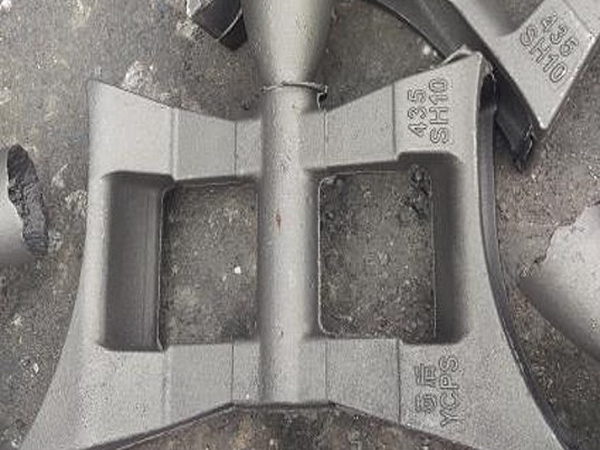The Evolution of Sand 3D Printing Technology
In recent years, the intersection of technology and creativity has given rise to innovative manufacturing techniques, one of which is Sand 3D printing. This method has not only revolutionized traditional casting processes but has also expanded the possibilities in various industries, including construction, art, and manufacturing. The application of Sand 3D printing technology offers a sustainable and efficient approach to producing complex geometries that were previously difficult or impossible to achieve.
Understanding Sand 3D Printing
Sand 3D printing involves the use of sand as a primary printing material. The process typically utilizes a binder jetting technique, where a liquid binding agent is selectively deposited onto layers of sand particles, solidifying them to form a desired object. This method enables the creation of intricate designs and complex forms, which can be used for prototypes, molds, and even final products.
One of the significant advantages of sand 3D printing is its ability to produce highly detailed and accurate models. Unlike traditional methods, where subtractive processes can lead to material waste, sand 3D printing is an additive process, meaning that material is only used where necessary. This not only maximizes efficiency but also minimizes environmental impact, making it an attractive option for eco-conscious manufacturers.
Applications in Various Industries
The applications of Sand 3D printing are vast and diverse. In the foundry industry, for example, this technology is increasingly used to produce molds for metal casting. Traditional mold-making methods can be time-consuming and expensive, often requiring specialized skills and significant material waste. Sand 3D printing simplifies this process, allowing for rapid prototyping and the production of complex mold designs that would be difficult to replicate using conventional techniques.
sand 3d

Moreover, the construction industry is beginning to adopt Sand 3D printing as a means to create custom building components and structures. This innovative approach can lead to reduced construction times and lower costs, while also enabling architects and engineers to experiment with bold, avant-garde designs. Additionally, with the global focus on sustainability, using locally sourced sand and reducing waste aligns with modern construction practices aimed at promoting environmental responsibility.
In the art world, Sand 3D printing is providing artists and designers with an exciting medium for expression. By allowing the creation of intricate sculptures and installations, artists can push the boundaries of their work and engage in new forms of storytelling through their creations. The flexibility offered by Sand 3D printing encourages creativity, making it a favored choice among contemporary artists.
Future Prospects
The future of Sand 3D printing looks promising, with continuous advancements in technology paving the way for even more applications and improvements. Researchers and innovators are exploring new binder materials and sand composites that further enhance the strength, durability, and aesthetic appeal of printed products. Additionally, as industries become more familiar with the advantages of this technology, we can expect to see an increase in its adoption across various fields.
Furthermore, the integration of artificial intelligence and machine learning into the design and production processes can lead to optimized design solutions that maximize the capabilities of Sand 3D printing. This synergy of advanced technologies could result in faster production times, reduced costs, and the ability to achieve even more complex designs that cater to specific needs.
Conclusion
Sand 3D printing represents a significant leap forward in manufacturing technology, offering numerous advantages across different industries. Its ability to produce complex and sustainable products makes it an attractive option for manufacturers, artists, and builders alike. As the technology continues to evolve, we can anticipate even more innovative applications that challenge traditional methods and redefine the landscape of production. Embracing these advancements not only fosters creativity and efficiency but also aligns with a global commitment to sustainability—an essential consideration for the future of manufacturing.
Post time:វិច្ឆិកា . 11, 2024 15:15
Next:resin bonded sand casting
